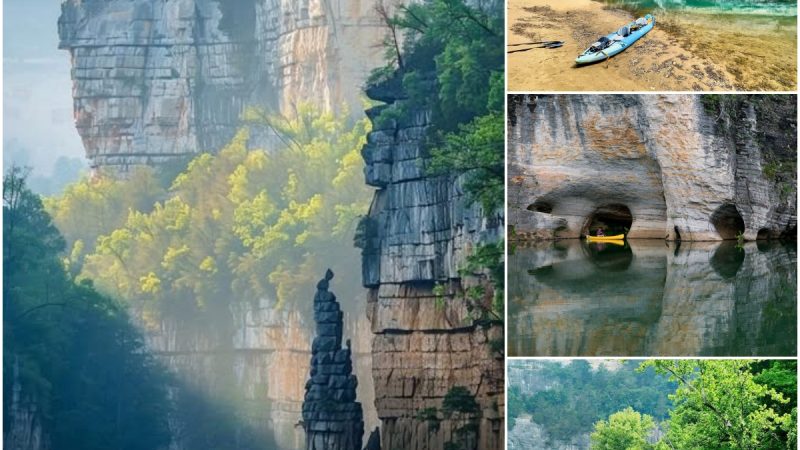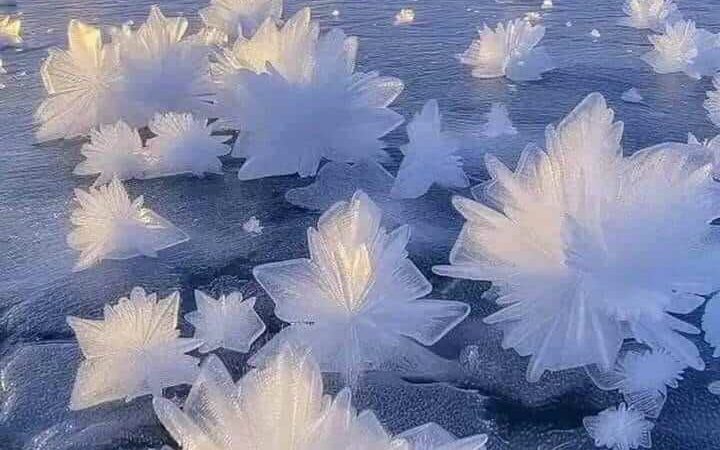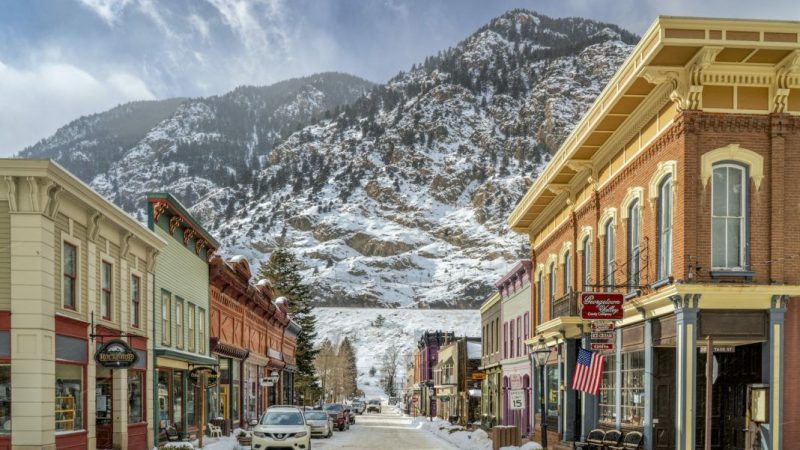

Another location where ice flowers can be found is in the Arctic regions. During the winter months, the calm and frigid conditions create the perfect environment for these formations to occur. The Arctic is also home to many other incredible ice formations, such as ice caves, icebergs, and frozen waterfalls.

Despite their beauty, ice flowers can be hazardous for boats and ships navigating the waters where they form. The thin sheets of ice can easily break apart and become floating hazards, making navigation difficult and potentially dangerous.

In addition to their natural beauty and potential hazards, ice flowers also hold scientific value. Researchers have studied ice flowers to better understand the process of ice formation and the role of surface tension in creating these intricate patterns. Ice flowers also provide valuable information about the environmental conditions in which they form, such as water temperature, wind speed, and the salinity of the water.

Overall, ice flowers are a true wonder of nature that offer both beauty and scientific value. While they may pose challenges for navigation, their delicate and intricate formations serve as a reminder of the power and complexity of the natural world.




